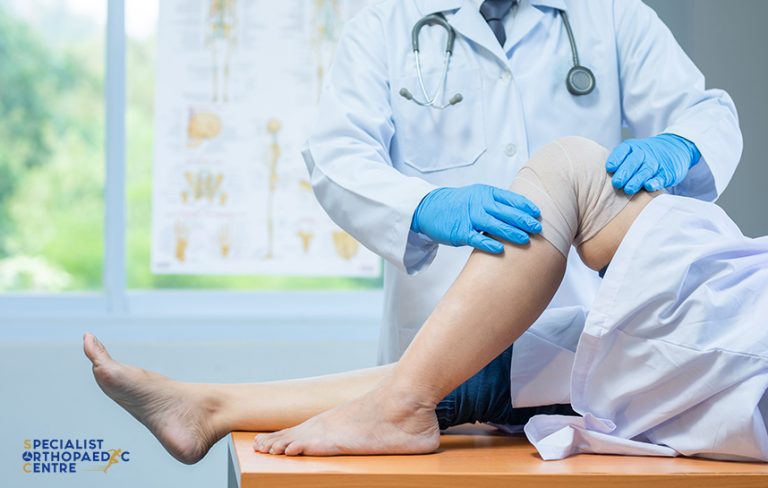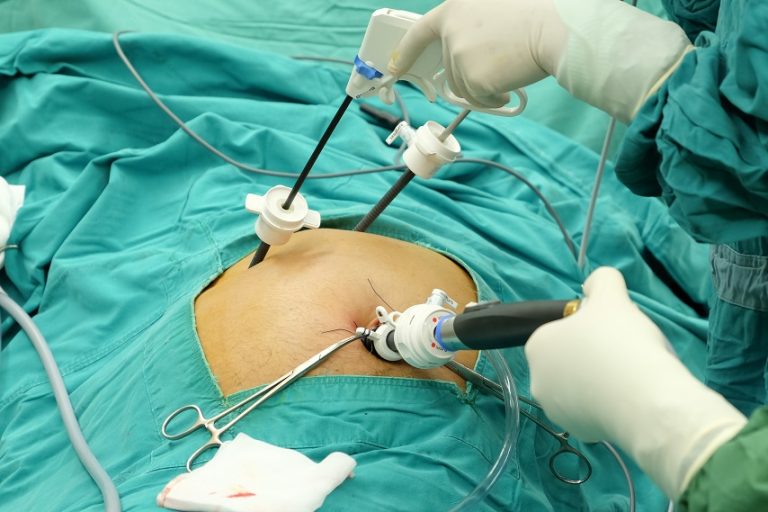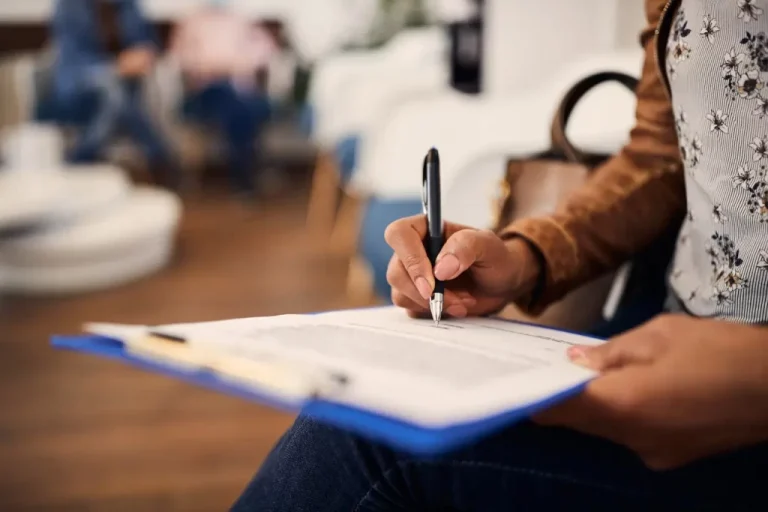
If you’re ready to stop taking opioids or benzodiazepines, you’re making a brave choice for your future. But this isn’t a journey you should start on your own. Because of how these drugs change your body’s chemistry, how you stop is critically important. A sudden stop can be physically dangerous, so creating a safe, medically guided plan is the only way forward.
Why Quitting “Cold Turkey” Is a Bad Idea
Think of your body’s internal wiring. These drugs have rewired it to expect them. If you suddenly pull the plug, the system goes into shock. This isn’t just about feeling sick; it’s a full-blown physical crisis. The withdrawal can trigger everything from extreme pain and anxiety to dangerous seizures. This intense suffering is why so many people who try to quit alone don’t succeed.
Your Doctor Is Your Most Important Partner
Your first and most important call should be to a doctor. They aren’t there to judge you; they are your guide in this process. They’ll need to understand your overall health, what you’ve been taking and for how long, and your personal situation. With that information, they can build a detox plan that is specifically for you, keeping you safe and managing any medical issues that arise.
What Is a Tapering Plan?
So, how do doctors get you off these drugs safely? The standard method is a “taper.” Instead of a hard stop, your doctor will have you slowly reduce how much you take over weeks or even months. It’s like walking down a flight of stairs instead of jumping from the top floor. This gradual process gives your body and brain the time they need to adjust to functioning without the drug.
How Specific Medications Can Help
Sheer willpower often isn’t enough to overcome the intense physical nature of withdrawal. That’s where medication assisted therapy can be a game-changer. This approach uses specific, FDA-approved medicines to calm the storm of withdrawal symptoms and quiet the constant cravings. By managing the physical side, it clears your head so you can do the real work in counseling to build a lasting recovery.
Medicines Used for Opioid Dependence
For opioid addiction, doctors have a few key tools. Some medications, like buprenorphine or methadone, satisfy the brain’s craving in a much safer and more controlled way. This action dials down the awful withdrawal pains. Another option, naltrexone, works more like a shield. It actually blocks the euphoric effects of opioids, so if a person slips up, they won’t feel the high.
The Tapering Process for Benzodiazepines
The plan for getting off benzodiazepines is also a slow taper, but sometimes with an extra step. A doctor might switch you from Xanax, a short-acting drug, to one that works for a longer time (like Valium). This creates a more stable level of the medication in your body, which prevents the sharp ups and downs that make withdrawal so hard to tolerate.
Therapy Is Where Real Change Happens
The medication helps get your body stable, but what about your mind? Addiction is more than just a physical problem. Therapy is where you’ll dig into the “why” behind your substance use. It’s where you learn new and better ways to handle stress, deal with triggers, and cope with life’s difficulties without turning to a pill.
You Need a Support System
Don’t try to carry this weight all by yourself. Recovery works best as a team sport. Let trusted friends and family help you. Find a support group where you can talk with people who know exactly what you’re going through. Sharing your story and hearing from others who are on the same path is a powerful part of healing.
Getting free from opioids or benzodiazepines is a tough process, but you are more than capable of succeeding. The key is to do it the smart way, not the hard way. Get a medical professional on your team, commit to a structured plan, and open yourself up to support from therapy and your community.





